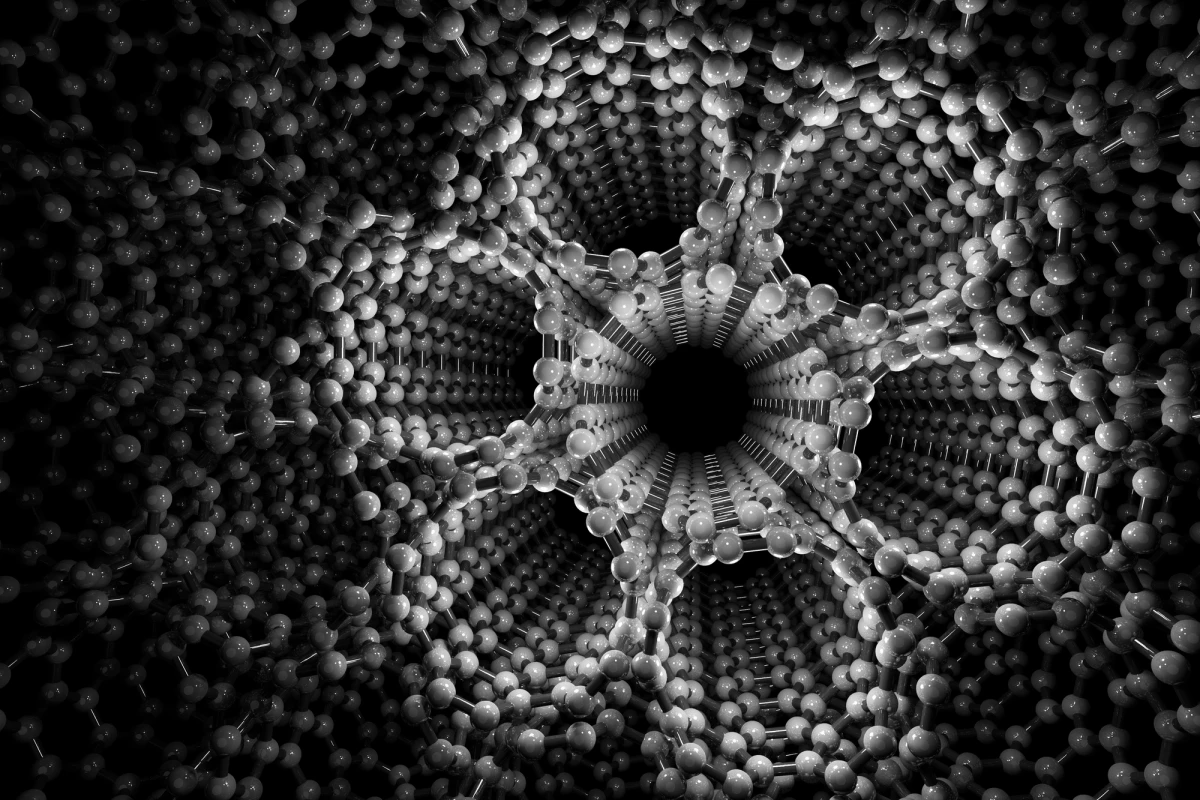Weight is often a key consideration for scientists pushing the boundaries of bullet-proof materials, imagining armor that keeps the wearer safe while also improving their mobility. Engineers at the University of Wisconsin–Madison have now forged a new type of ultralight armor material described as a "nanofiber mat," which features a unique chemistry that enables it to outperform Kevlar and steel.
The basis for this new form of armor are tiny cylinders of carbon with the thickness of a single atom. Called carbon nanotubes, these have shown promise as next-generation materials for everything from transistor research, to treating vision loss, to bomb detection devices.
In adapting carbon nanotubes for use in armor materials, the authors of this new study took multi-walled versions of them and combined them with Kevlar nanofibers. The idea was to build on earlier research demonstrating the potential of these materials in absorbing impacts, to see if they couldn't be fashioned into an even more functional armor solution.
“Nano-fibrous materials are very attractive for protective applications because nanoscale fibers have outstanding strength, toughness, and stiffness compared to macroscale fibers,” said Ramathasan Thevamaran, who led the research. “Carbon nanotube mats have shown the best energy absorption so far, and we wanted to see if we could further improve their performance.”
To do so, the scientists tinkered with the chemistry until they landed on the winning recipe. They synthesized Kevlar nanofibers and incorporated just a small amount of them into "mats" made up of carbon nanotubes, with just the right ratio of both, which led to the production of hydrogen bonds between the fibers. The result of these bonds was a dramatic leap in performance.
“The hydrogen bond is a dynamic bond, which means it can continuously break and re-form again, allowing it to dissipate a high amount of energy through this dynamic process,” Thevamaran said. “In addition, hydrogen bonds provide more stiffness to that interaction, which strengthens and stiffens the nanofiber mat. When we modified the interfacial interactions in our mats by adding Kevlar nanofibers, we were able to achieve nearly 100 percent improvement in energy dissipation performance at certain supersonic impact velocities.”
The team put the material to the test using a microprojectile impact testing system, in which lasers are used to launch microbullets into material samples at varying velocities.
“Our system is designed such that we can actually pick a single bullet under a microscope and shoot it against the target in a very controlled way, with a very controlled velocity that can be varied from 100 meters (330 ft) per second all the way to over 1 kilometer (0.62 miles) per second,” Thevamaran said. “This allowed us to conduct experiments at a time scale where we could observe the material’s response – as the hydrogen bond interactions happen.”
These experiments showed that the novel material protected against high-speed impacts better than Kevlar fabric and steel plates. This provides the basis for high-performance, ultralight armor materials, and not just in bulletproof vests. According to the researchers, the material has the potential to allow spacecraft to absorb impacts from high-speed space debris.
“Our nanofiber mats exhibit protective properties that far surpass other material systems at much lighter weight,” said Thevamaran,
The research was published in the journal ACS Nano.
Source: University of Wisconsin–Madison




